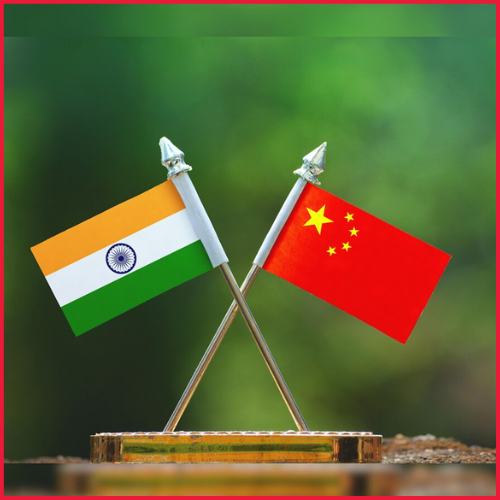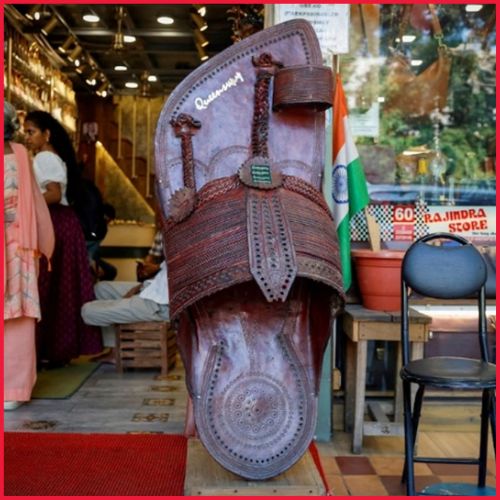Pilot phase of ONDC, a freely accessible online system for traders and consumers began in five dfiferent cities on Friday.
The Centre launched on Friday i.e. 29th April 2022, the pilot phase of the Open Network for Digital Commerce (ONDC), a freely accessible online system for traders and consumers, in 5 cities today including Delhi NCR, Bengaluru, Bhopal, Shillong, and Coimbatore.
The open technology network, which will promote an open platform for buying & selling of goods and services, seeks to curb the dominance of e-commerce mammoths like Amazon & Walmart-owned Flipkart in the online retail space. ONDC will help local commerce across segments, such as mobility, grocery, food order, hotel, and travel booking; to reach & engage more people through a network-enabled application.
Apart from enhancing the value and experience of consumers, ONDC seeks to digitize the entire value chain, standardize operations and promote the inclusion of suppliers.
The project is a brainchild of Piyush Goyal-led Department for Promotion of Industry and Internal Trade (DPIIT). Formed on December 31, 2021, ONDC has been incorporated as a private sector-led non-profit company.
Tech magnate “Nandan Nilekani”, co-founder of Infosys, is also a key part of the 9-member advisory council that was constituted to advise the government on this project.
Former McKinsey India head Adil Zainulbhai and National Health Authority CEO R. S. Sharma are also on board as key advisers.
According to Anil Agrawal, additional secretary of DPIIT, the government has identified 5 cities(mentioned above) as it wanted to keep a geographical spread across the board. He also said, “We have a trader base in these cities which is getting prepared on the intricacies of transacting on ONDC,”. The platform seeks to board 150 sellers in Delhi NCR, Bangalore, Coimbatore, Bhopal, and Shillong during the test run.
To bolster the project, major banks have also come forward to invest in it. SBI recently picked up a 7.84% stake in ONDC for INR 10 Cr. Kotak Mahindra, HDFC & Axis Bank have also picked up a stake in the ONDC for an amount of INR 10 Cr each.
According to a 2021 report by Bain & Company, India is home to the world’s 4th largest retail market in the world, touching $810 Bn. In addition, the addressable e-commerce market in the country is projected to reach the $200 Bn mark by 2026, as per an Inc42 report.
How will it work and challenge the unfair practices of Amazon and Flipkart?
Open Network for Digital Commerce (ONDC) goes beyond the current platform-centric digital commerce model where the buyer and seller have to use the same platform or application to be digitally visible and do a business transaction.
According to the Ministry of Commerce and Industry, the foundations of ONDC are to be open protocols for all aspects in the entire chain of activities in the exchange of goods and services, similar to hypertext transfer protocol for information exchange over the internet.
These open protocols would be used for establishing public digital infrastructure in the form of open registries and open network gateways to enable the exchange of information between providers and consumers. Providers and consumers would be able to use any compatible application of their choice for the exchange of information and carrying out transactions over ONDC.
Marketplaces such as Amazon, Flipkart, BigBasket, and Zomato will have to register on the platform that will be created by DPIIT and QCI(Quality Council of India). This will give consumers the choice to pick any seller, product, or service by using any compatible application of their choice. The government-backed platform will create a level playing field for e-commerce giants like Amazon, Flipkart, and small offline traders running local grocery stores.
With the astounding growth of eCommerce in India, concerns have been raised regarding the dominance of players with deep pockets such as Amazon & Flipkart. The duopoly in the ecommerce segment has been often questioned by small retailers, merchants to multiple traders’ bodies. With ONDC, the government aims to democratize digital commerce, moving it from a platform-centric model to an open network.
Its stated purpose is to create a freely accessible online system where traders and consumers can buy and sell everything. But its underlying aim is to eventually curb the powers of Amazon and Walmart Inc.-owned Flipkart, whose online domination has alarmed small merchants and the millions of local mom-and-pop stores that form the nation’s retail backbone.
As the 2 global giants poured a combined $24 billion into India and captured 80% of the online retail market with aggressive discounts, the Kirana shops are fearful of an uncertain future. Despite online commerce accounting for just about 6% of the overall retail market, they are anxious they will be eventually snuffed out.
ONDC has been in the making for the last several months, with the registry and gateway ready to go live. While the established big players had initially dismissed it, some of top e-tailers, homegrown as well as those with international funding, have approached the government to come on board.
Challenges-:
The biggest challenge for ONDC would be establishing the technology. E-commerce mammoths like Amazon & Flipkart have been able to attract merchants and buyers to their platforms due to their tested technology. The government needs to build something comparable, if not better, to outdo rivals.
Everything hinges on the network bringing on the widest set of buyers, sellers, payments logistics, and warehousing providers. The challenge is to standardize and smoothen the experience such as returns and refunds for buyers and sellers and to create an open network where everybody is profited and served fairly.
Benefits for Buyer and Seller-:
- Sellers would be able to access more buyers; gain better exposure for their products and cost without any interference, avail Autonomy on terms because of multiple choices for being digitally visible; Lower cost of doing business, and multiple options for value chain services like logistics, etc.
- Buyers would be able to access more sellers and therefore more choices; better service & faster deliveries due to access to hyper local retailers.














